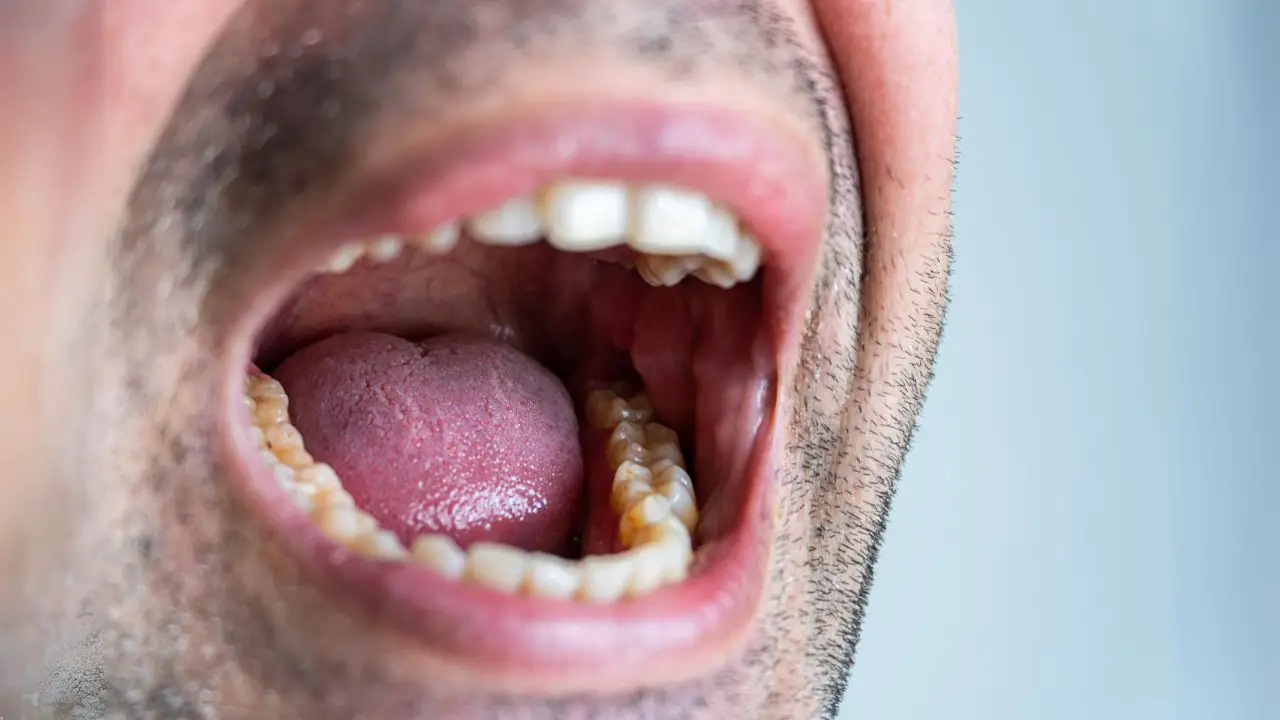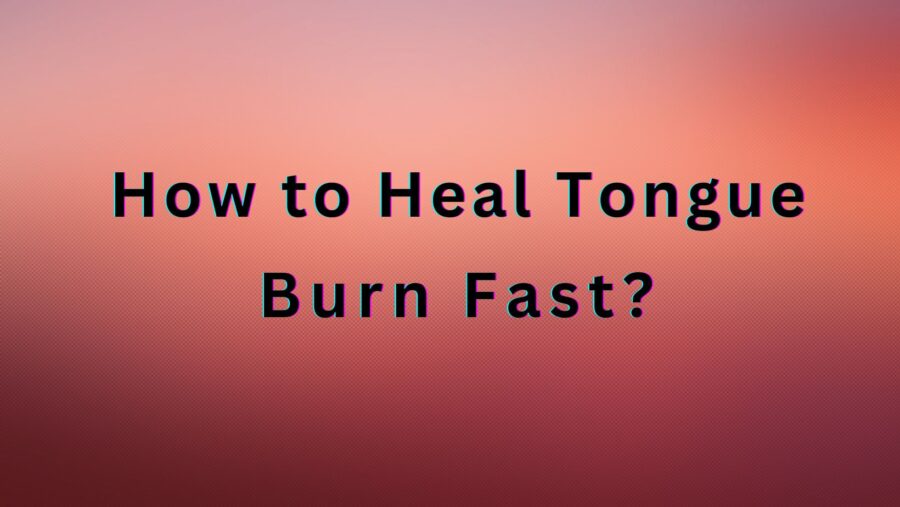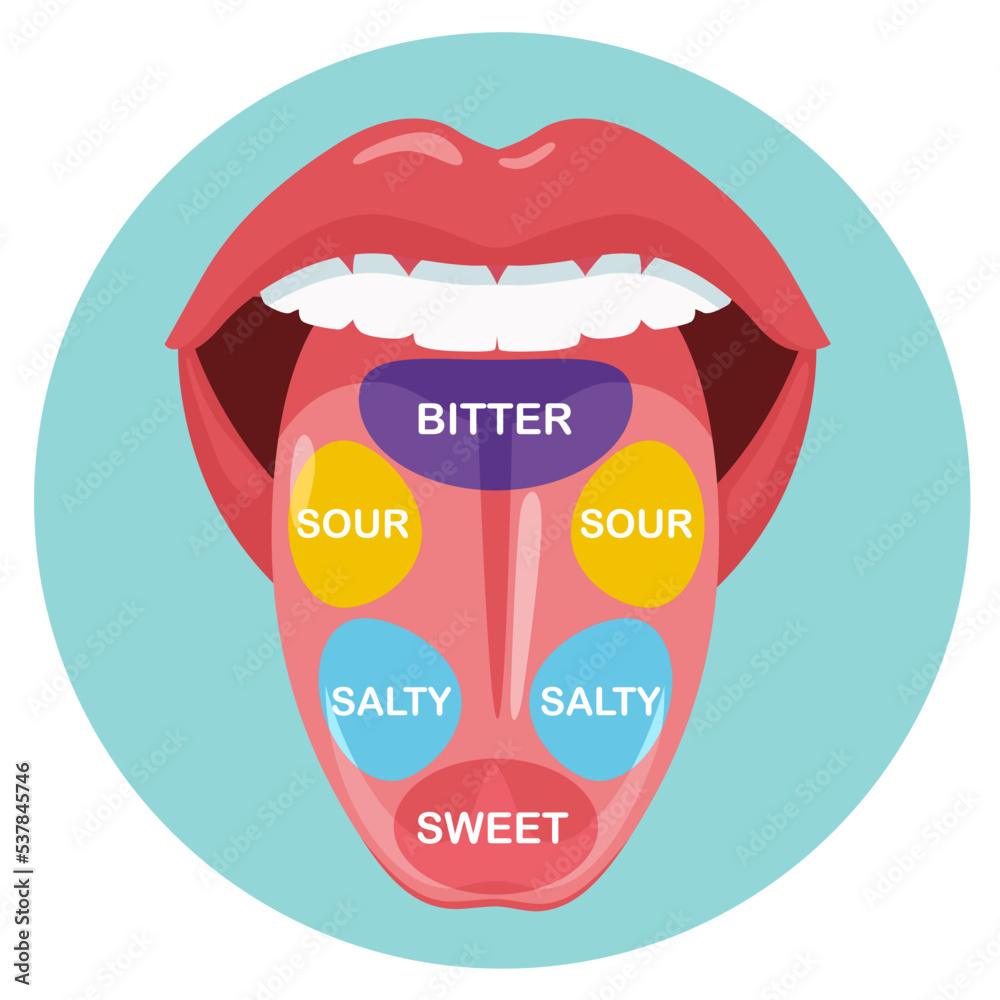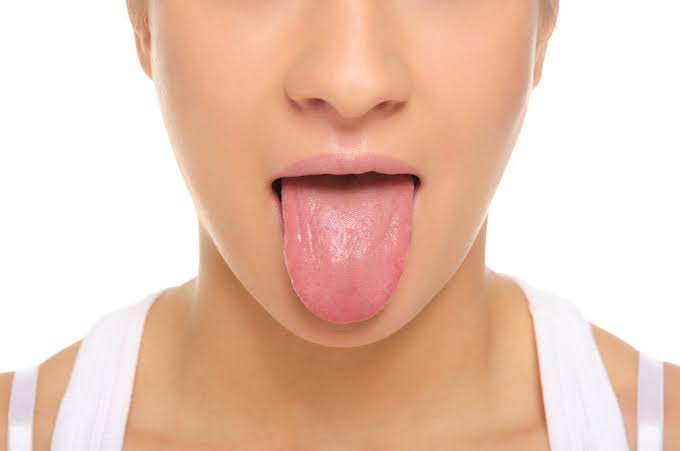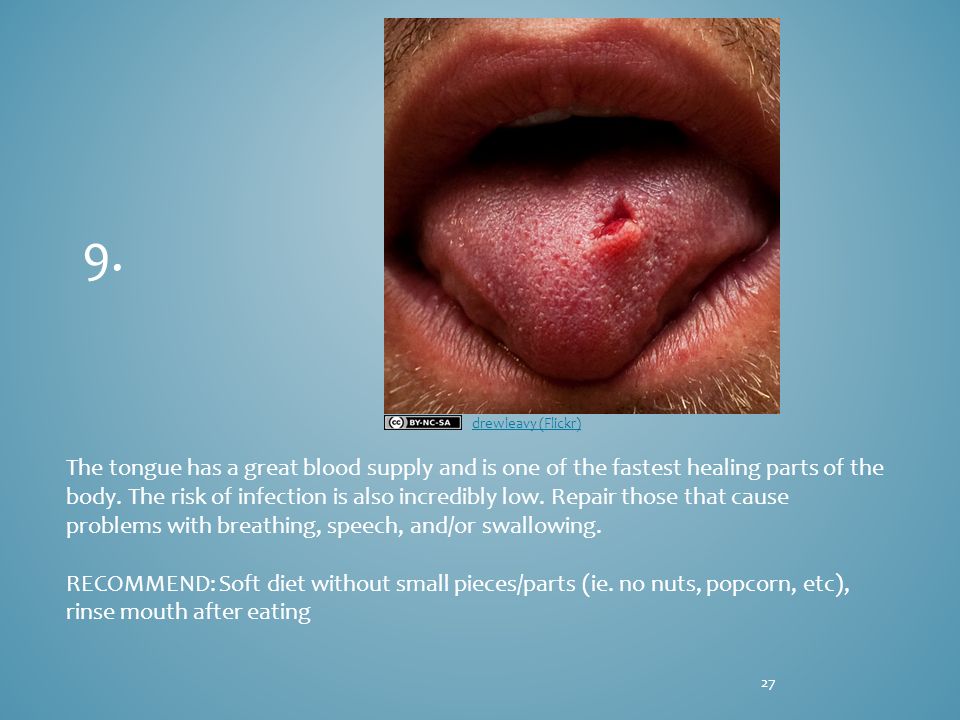Is The Tongue The Fastest Healing Part Of Your Body

Imagine biting your tongue – a sudden, sharp sting that momentarily steals your breath. The initial shock is often followed by a flurry of worry, a quick assessment of the damage done. But then, something remarkable happens. Within days, sometimes even hours, the pain subsides, and the wound seems to vanish almost as quickly as it appeared. It's a common experience, leaving many wondering: is the tongue truly the superhero of healing within our bodies?
The notion that the tongue is the fastest-healing part of the human body is a widely held belief, often passed down through generations. While there's a kernel of truth to this claim, the reality is more nuanced. The tongue *does* possess remarkable healing capabilities, thanks to a unique combination of factors including a rich blood supply and the constant presence of saliva. However, calling it definitively the "fastest" requires a deeper dive into the science behind wound healing.
The Tongue's Healing Advantages: A Symphony of Biology
The exceptional healing of the tongue isn't magic; it's a testament to a convergence of advantageous biological features. First and foremost, the tongue boasts an incredibly rich blood supply. Blood carries oxygen and vital nutrients essential for tissue repair and regeneration. This abundance of blood flow allows the tongue to rapidly deliver the building blocks needed to mend injuries.
Furthermore, saliva plays a crucial role. Saliva is not merely a lubricant; it's a complex fluid containing enzymes, growth factors, and antimicrobial agents. These components work together to keep the wound moist, preventing it from drying out and cracking, which can hinder healing. Certain enzymes in saliva, like lysozyme, actively combat bacteria, reducing the risk of infection – a major obstacle to wound recovery in other parts of the body.
Another factor contributing to the tongue's resilience is its cellular turnover rate. The cells on the surface of the tongue, called epithelial cells, are constantly being shed and replaced. This rapid turnover allows for quicker repair of damaged tissue. Think of it like a construction crew constantly working to rebuild a road, ensuring that potholes are quickly filled.
Wound Healing 101: A Glimpse into the Process
To understand why the tongue heals so well, it's helpful to understand the general process of wound healing. Wound healing typically involves several overlapping stages. The first phase is inflammation, where the body mobilizes immune cells to the injury site to fight off infection and clear debris.
Next comes proliferation, during which new tissue is built to close the wound. Finally, remodeling occurs, where the newly formed tissue is strengthened and reorganized.
The tongue's favorable environment optimizes each of these stages. The rich blood supply fuels the inflammatory response and provides the necessary materials for tissue proliferation. Saliva protects against infection, allowing the healing process to proceed smoothly.
Challenging the "Fastest" Claim: A More Complex Picture
While the tongue's healing prowess is undeniable, claiming it's unequivocally the "fastest" is a simplification. Wound healing rates can vary significantly depending on several factors. The size and depth of the wound, the individual's age, overall health, and nutritional status all play a role.
For instance, a small paper cut on a finger might heal just as quickly, or even faster, than a minor tongue bite. Skin cells also possess a relatively high turnover rate, contributing to efficient healing. Furthermore, certain tissues, like bone marrow, are known for their remarkable regenerative abilities, albeit through different mechanisms than the tongue.
It's also crucial to consider the type of wound. Incisions, which are clean cuts often made during surgery, tend to heal faster than crush injuries, which involve more tissue damage. The tongue's healing advantage is most apparent in cases of minor trauma, such as bites or superficial cuts.
Expert Opinions: Weighing the Evidence
So, what do medical professionals say about the tongue's healing abilities? Dr. Emily Carter, a leading oral surgeon, explains: "The tongue definitely has a remarkable capacity for healing. We see it all the time in patients who have undergone oral surgery. However, it's important not to overstate things. Factors like infection, smoking, and certain medical conditions can significantly impair healing, even in the tongue."
Dr. Carter also points out that rigorous scientific studies comparing healing rates across different body parts are relatively scarce. "Most of what we know is based on clinical observations and our understanding of the underlying biological processes," she adds. Therefore, while the anecdotal evidence is compelling, more research is needed to definitively crown the tongue as the ultimate healing champion.
Another perspective comes from Dr. David Lee, a dermatologist: "The skin also possesses impressive healing capabilities, especially when properly cared for. A clean, well-moisturized wound on the skin can heal remarkably quickly. The key is to create an environment conducive to healing, regardless of the body part."
"The tongue's rapid healing is a fascinating example of the body's natural regenerative abilities," says Dr. Lee. "It highlights the importance of maintaining good oral hygiene and providing our bodies with the nutrients they need to repair themselves."
Practical Tips for Supporting Tongue Healing
Regardless of whether the tongue is the absolute fastest healer, there are steps you can take to promote its recovery after an injury. Maintaining good oral hygiene is paramount. Gently brush your teeth and tongue after meals to remove food debris and bacteria. Rinse with warm salt water to soothe the area and reduce inflammation.
Avoid spicy, acidic, or hard foods that could irritate the wound. Opt for soft, bland foods that are easy to chew and swallow. Stay hydrated to keep your mouth moist and support saliva production. Finally, if you experience excessive pain, bleeding, or signs of infection, consult a dentist or doctor promptly.
Smoking and alcohol consumption can significantly hinder wound healing, so it's best to avoid them during the recovery period. By following these simple guidelines, you can help your tongue bounce back quickly from minor injuries and maintain optimal oral health.
Conclusion: Appreciating the Body's Healing Power
The idea that the tongue is the fastest-healing part of the body is a testament to our fascination with the body's incredible regenerative abilities. While the "fastest" claim might be an oversimplification, the tongue's remarkable healing capacity is undeniable, a result of its rich blood supply, protective saliva, and rapid cellular turnover.
Ultimately, the story of the tongue's healing is a reminder of the body's inherent resilience. By understanding the biological processes involved and taking steps to support healing, we can appreciate and enhance our body's natural ability to mend and recover.
Perhaps the more important takeaway is not *which* body part heals fastest, but rather to marvel at the intricate mechanisms that allow any healing to occur at all. It's a reminder to treat our bodies with respect, providing them with the resources they need to thrive and recover, no matter where the injury occurs.








